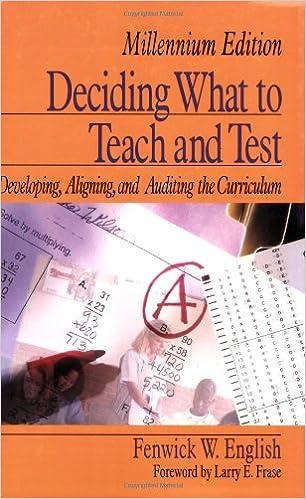Question
question 1 Assume a parent company acquired 80% of the outstanding voting common stock of a subsidiary on January 1, 2018. On the acquisition date,
question 1
Assume a parent company acquired 80% of the outstanding voting common stock of a subsidiary on January 1, 2018. On the acquisition date, the identifiable net assets of the subsidiary had fair values that approximated their recorded book values except for a patent, which had a fair value of $200,000 and no recorded book value. On the date of acquisition, the patent had five years of remaining useful life and the parent company amortizes its intangible assets using straight line amortization. During the year ended December 31, 2019, the subsidiary recorded sales to the parent in the amount of $240,000. On these sales, the subsidiary recorded pre-consolidation gross profits equal to 25%. Approximately 30% of this merchandise remains in the parents inventory at December 31, 2019. The following summarized pre-consolidation financial statements are for the parent and the subsidiary for the year ended December 31, 2019:

Question 2
Upstream versus downstream inventory profits and net income attributable to the noncontrolling interest
Assume that on January 1, 2012, a parent company acquired a 90% interest in a subsidiary's voting common stock. On the date of acquisition, the fair value of the subsidiary's net assets equaled their reported book values. There were no intercompany sales during 2012. During the year ended December 31, 2013, the companies made $300,000 of intercompany sales. All intercompany sales include profits of 30% of selling price. At December 31, 2013, there was $105,000 of intercompany merchandise (i.e., inventory purchased via intercompany transactions) in ending inventory. The following are the highly summarized "stand alone" pre-consolidation income statements of the parent and subsidiary for the year ended December 31, 2013 (i.e., they do not include the effects of pre-consolidation investment accounting, like the equity method):

For the year ended December 31, 2013, what amounts will be reported for net income attributable to the noncontrolling interest in the parent's consolidated income statement assuming either (1) all of the intercompany inventory is held by the parent or (2) all of the intercompany inventory is held by the subsidiary at December 31, 2013?

Question 3
Assume that a parent company acquired 80% of the outstanding voting common stock of a subsidiary on January 1, 2018. On the acquisition date, the identifiable net assets of the subsidiary had fair values that approximated their recorded book values except for a patent, which had a fair value of $200,000 and no recorded book value. On the date of acquisition, the patent had five years of remaining useful life and the parent company amortizes its intangible assets using straight line amortization. During the year ended December 31, 2019, the subsidiary recorded sales to the parent in the amount of $240,000. On these sales, the subsidiary recorded pre-consolidation gross profits equal to 25%. Approximately 30% of this merchandise remains in the parents inventory at December 31, 2019. The following summarized pre-consolidation financial statements are for the parent and the subsidiary for the year ended December 31, 2019:


Step by Step Solution
There are 3 Steps involved in it
Step: 1

Get Instant Access to Expert-Tailored Solutions
See step-by-step solutions with expert insights and AI powered tools for academic success
Step: 2

Step: 3

Ace Your Homework with AI
Get the answers you need in no time with our AI-driven, step-by-step assistance
Get Started


